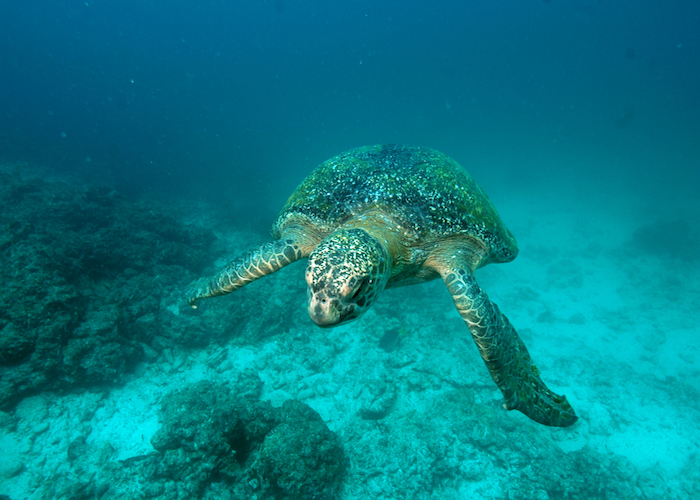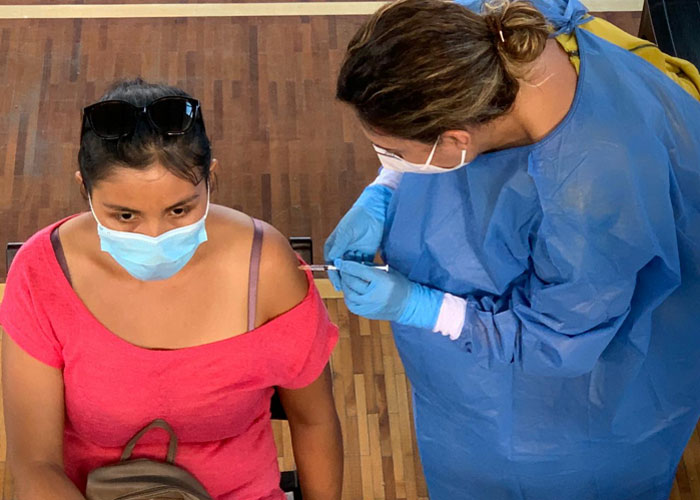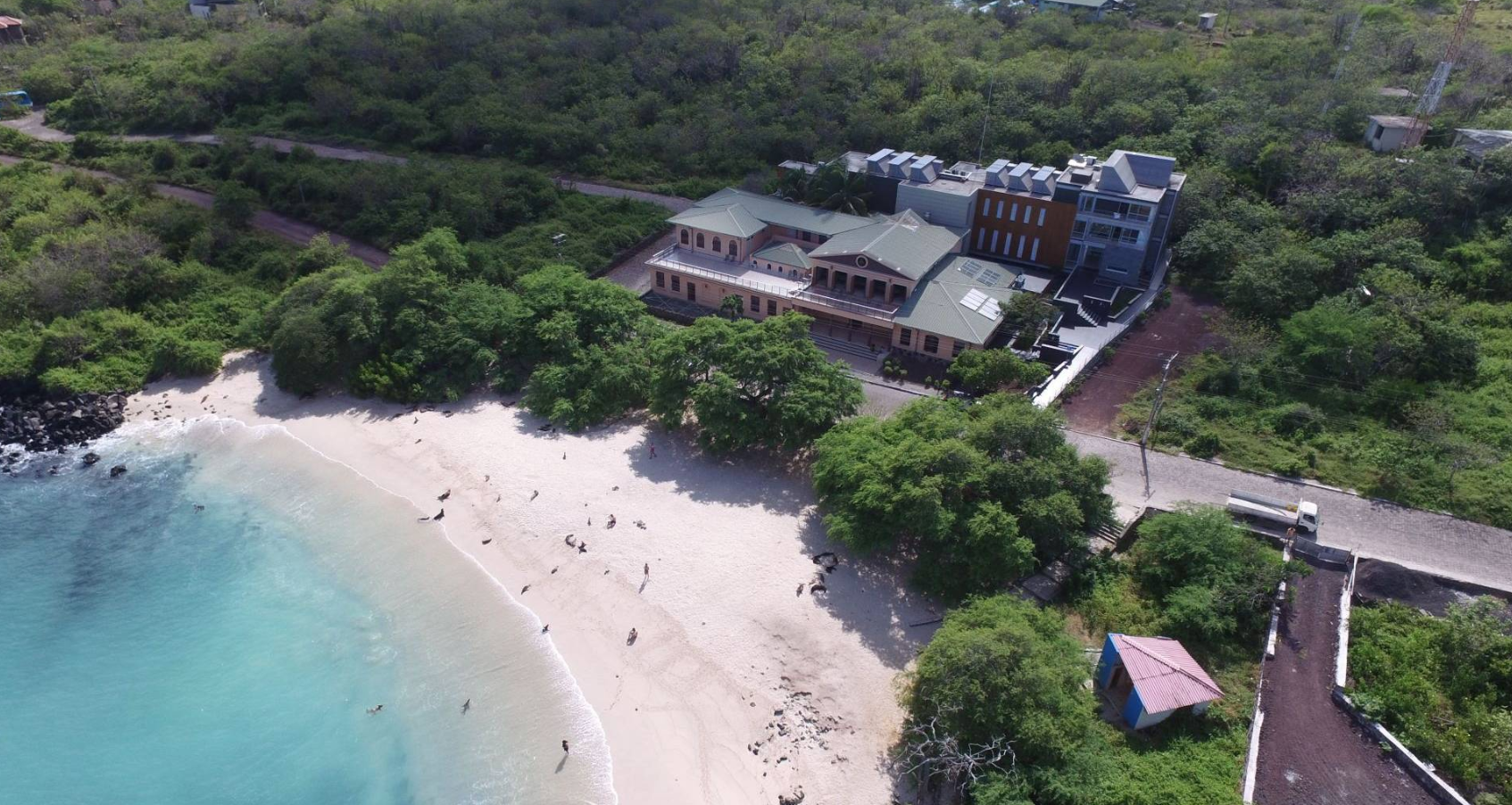Researchers continue vital work at Galapagos Science Center

Lewbart has conducted research at the Galapagos Science Center since its inception almost 10 years ago and has made 21 trips to the Galapagos over the years. Many of these were as part of an international team of researchers that helped to establish baseline health parameters for various wild species in the archipelago.
Es hora de enfrentar los desafíos del cambio climático

Históricamente, las Islas Galápagos han sido utilizadas para realizar estudios en diferentes campos. Sin embargo, cuando hablamos de cambio climático y las repercusiones de éste en los ecosistemas, población, e infraestructura de las islas es poco lo que se sabe.
The time is now to tackle climate change

Historically, the Galapagos Islands have been used for studies in a variety offields. However, when we talk about climate change and its repercussions on ecosystems, population, and infrastructure of the islands, little is known. This research confirms that knowing the different trends of climate change is of utmost importance.
Learn more about the incredible journey of a tiger shark from the Galapagos Islands to Cocos Island

Alex Hearn, professor at Universidad San Francisco de Quito and researcher at the Galapagos Science Center, has been doing science for several years in the Galapagos Islands and in Cocos Island- Costa Rica.
Conoce más sobre el increíble viaje de un tiburón tigre desde las Islas Galápagos hacia la Isla del Coco

Alex Hearn, profesor de la Universidad San Francisco de Quito e investigador del Galápagos Science Center lleva varios años realizando investigación tanto en las islas Galápagos como en Isla del Coco- Costa Rica.
Tiger Shark Makes Historic Journey From the Galapagos Marine Reserve to Cocos Island National Park

Tiger Shark Makes Historic Journey From the Galapagos Marine Reserve to Cocos Island National Park
Discovery highlights need to create a marine “superhighway” connecting the two UNESCO World Heritage Sites
Viaje Histórico de un Tiburón Tigre desde la Reserva Marina de Galápagos hasta el Parque Nacional Isla del Coco

Este descubrimiento subraya la necesidad de crear una “autopista” marina conectando estos dos lugares Patrimonio de la Humanidad de la UNESCO Durante un viaje reciente de investigación, un grupo de científicos descubrió otro ejemplo de movimiento migratorio entre Reserva Marina de Galápagos y el Parque Nacional de Isla del Coco, resaltando una vez más, la importancia de los esfuerzos globales para la conservación de especies marinas migratorias. La expedición fue realizada con el apoyo de la filántropa y ambientalista marina, Dona Bertarelli y su familia.
La contaminación por plástico, una de las mayores amenazas que enfrentan las tortugas marinas.

Las Tortugas marinas cumplen un rol fundamental para equilibrar el ecosistema, su presencia se remonta a la era de los dinosaurios, alrededor de 200 millones de años atrás.
Declines and recovery in endangered Galapagos pinnipeds during the El Niño Event

Our researchers Diego Páez- Rosas and Majorie Riofrío with Adrian Marchetti and Harvey Seim researchers from UNC-Chapel Hill, and Eduardo Espinosa and Jorge Torres from the Galapagos National Park Directorate, presented their work called “Declines and recovery in endangered Galapagos pinnipeds during the El Niño Event”
Vaccination process progresses successfully in Galapagos with the support of USFQ and GSC

The mass vaccination campaign began in the province of Galapagos at the end of April 2021. The Ministry of Public Health (MSP) and the Governing Council of the Galapagos special regime (CGREG) led this process and received the invaluable collaboration of Universidad San Francisco de Quito.


